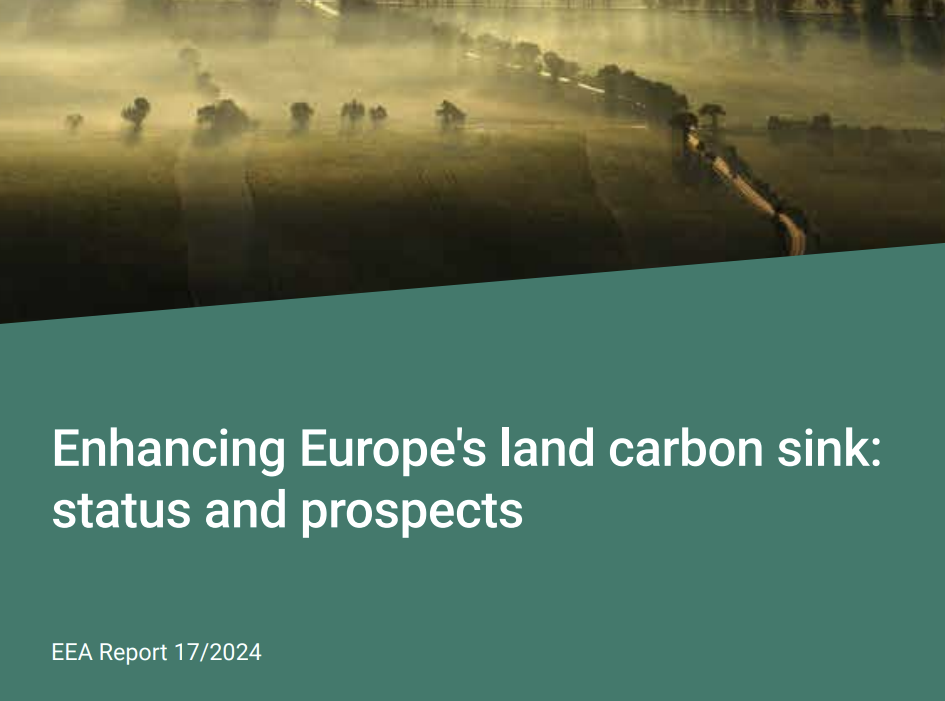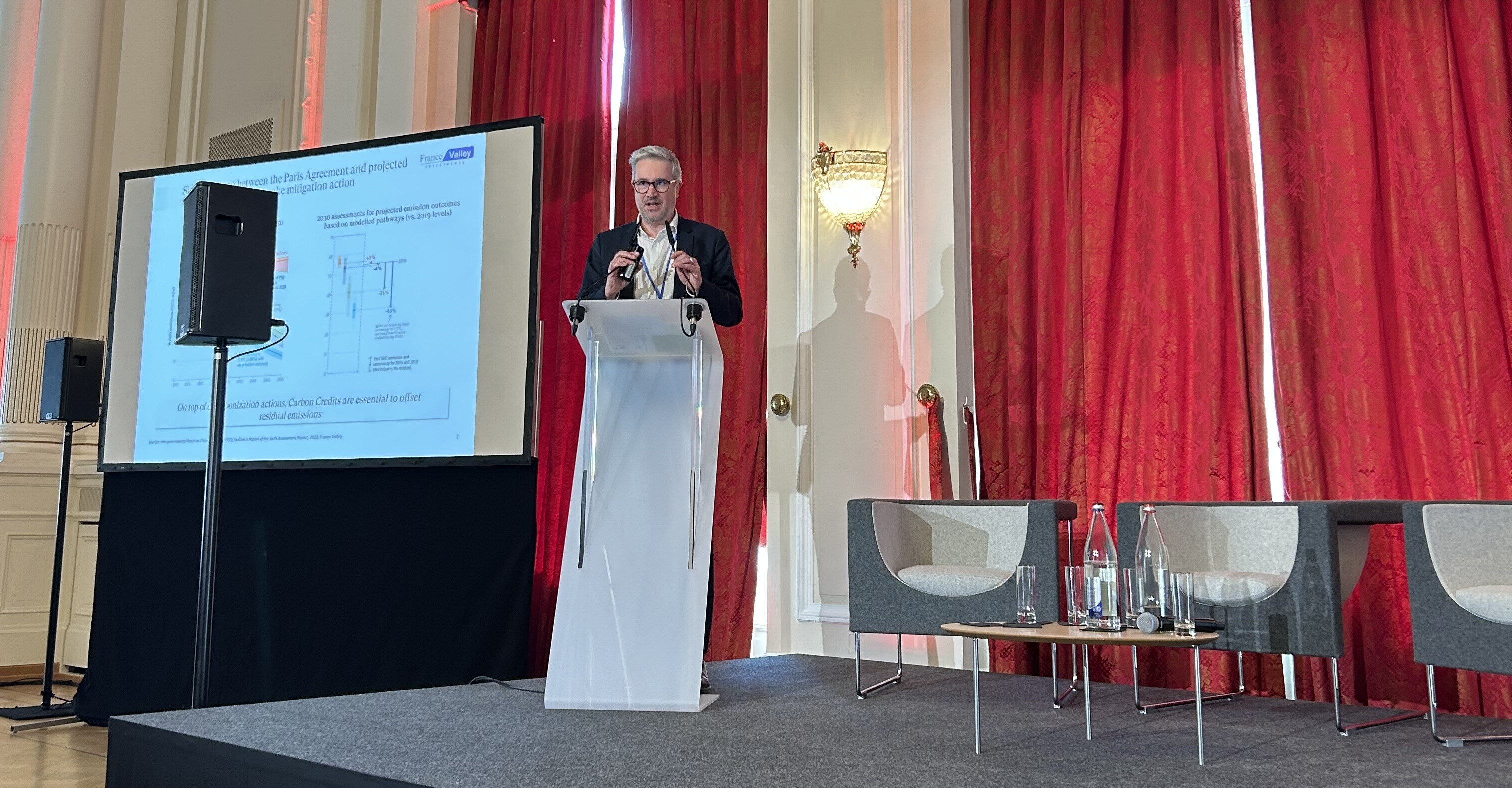Find out about theEuropean Environment Agency's report, which validates our approach to creating a pan-European afforestation fund, i.e. creating new forests that will act as carbon and biodiversity sinks.
1. A clear need for new sequestration capacity
- The net carbon sink of the European LULUCF sector (forests, farmland, etc.) fell by 30% between 2014 and 2023, mainly due to ageing forests and natural disturbances (fires, droughts, pests).
- The EU has set a target of 310 MtCO₂e net sink by 2030, but is not on track to achieve it. The gap is estimated at 45-60 MtCO₂e.
- This creates a strategic opportunity for our fund to provide new and functional areas of natural sequestration (afforestation on agricultural or industrial wasteland, meeting a European structural need.
2. Explicit recognition of afforestation as a key lever
- Afforestation, reforestation and agroforestry are cited as mature, effective and moderate-cost sequestration options, with co-benefits for biodiversity and soils.
- Their sequestration potential ranges from 1 to 14 tCO₂e/ha/yr for afforestation, with possible gains also insoil carbon(3.5 to 7 tCO₂e/ha/yr).
3. Growing role of private financing expected
- The report highlights the need to mobilize private capital, notably through certification mechanisms such as the Carbon Removal and Carbon Farming Regulation (CRCF).
- This reinforces the positioning of our fund as a market solution, enabling certified carbon credits from biological sinks to be secured while generating a potentially attractive return on investment.
4. Recognized environmental co-benefits
- Afforestation projects can also generate benefits in terms of climate resilience, water quality, biodiversity, local adaptation... This multifunctional character increases their attractiveness to investors looking for real impact.
The report also sets out a number of limitations to the afforestation scheme, which are taken into account in our Carbon and Biodiversity Fund:
1. Time lag
The report points out that sequestration results arrive with a time lag of several years, making medium-to-long-term projections crucial for investors.
2. Climate change risks
- Natural sinks are vulnerable to fire, drought and disease, which can reverse the sequestration dynamic (e.g., turning them into a net source of carbon).
- Provide for adaptation and resilience strategies in the choice of tree species and silviculture, and pool risks.
3. Monitoring and MRV (Monitoring, Reporting, Verification) issues
- The study points out that monitoring natural sinks remains difficult, with high data variability and uneven reliability across member states.
- To be credible on the carbon market, our fund will need to invest in robust methodologies for certified measurements to document real carbon gains.
-
- The report mentions potential indirect effects, such as the displacement of agricultural pressures to other territories or competition with biomass energy uses.
- Our strategy includes rigorous plot selection criteria compatible with land use policies.

Author : Marc Samama
Want to find out more? Fill in our contact form.




